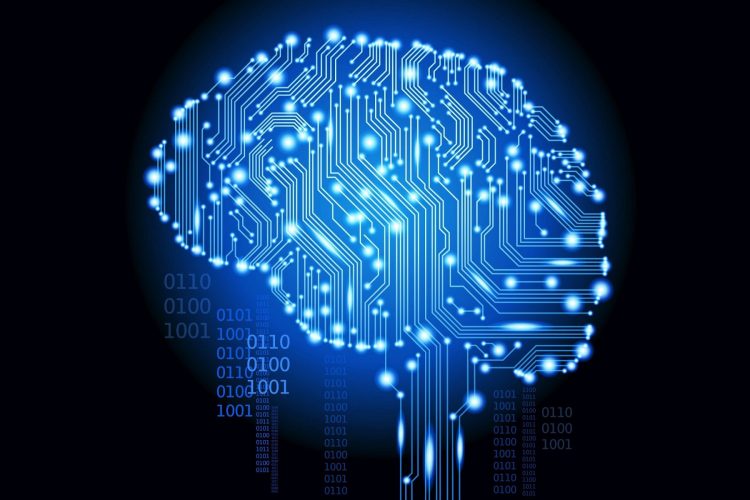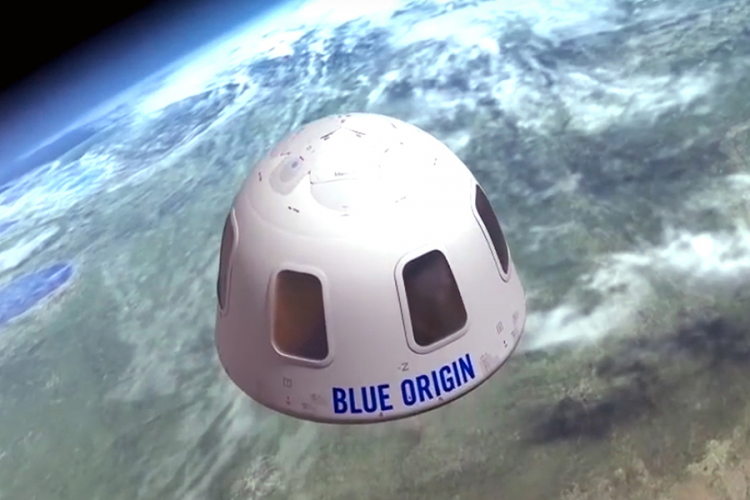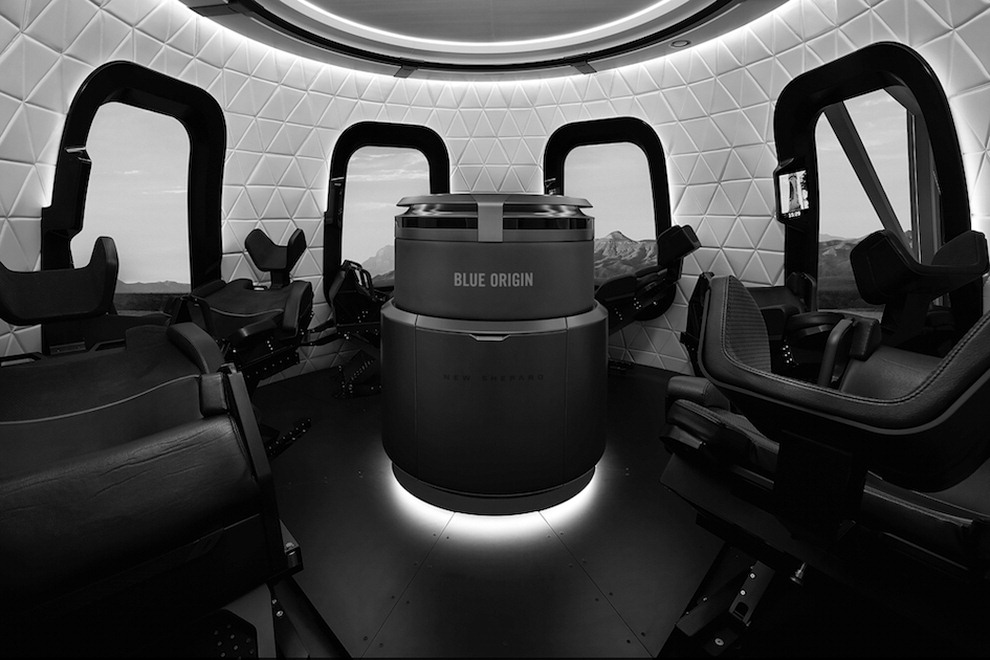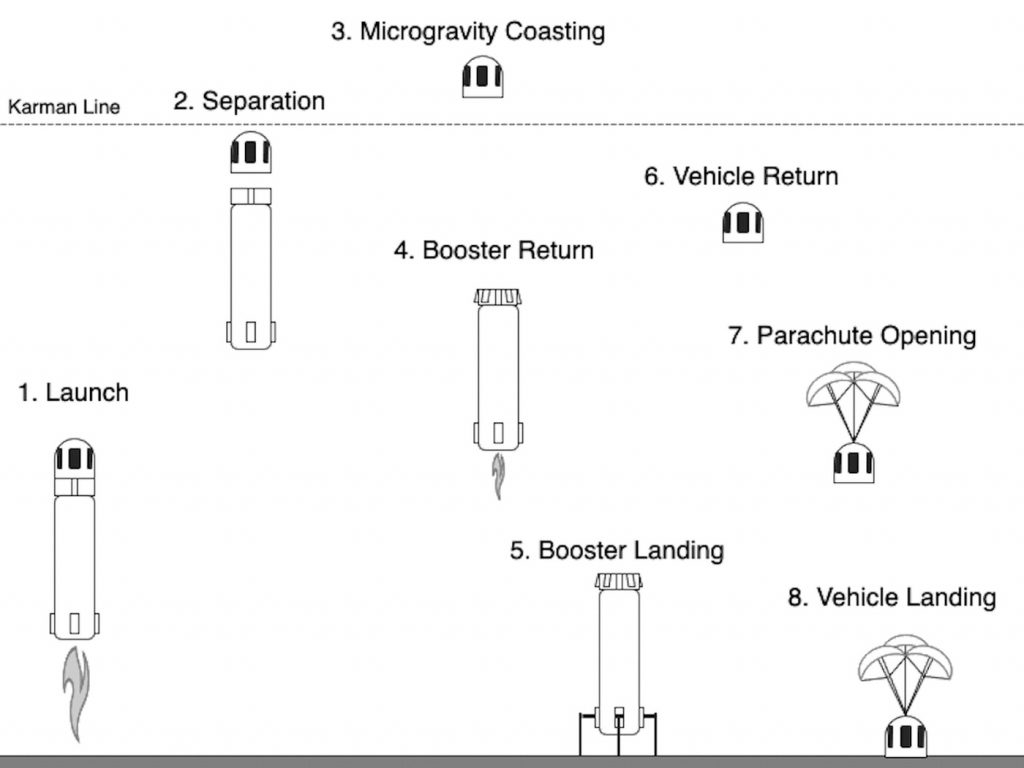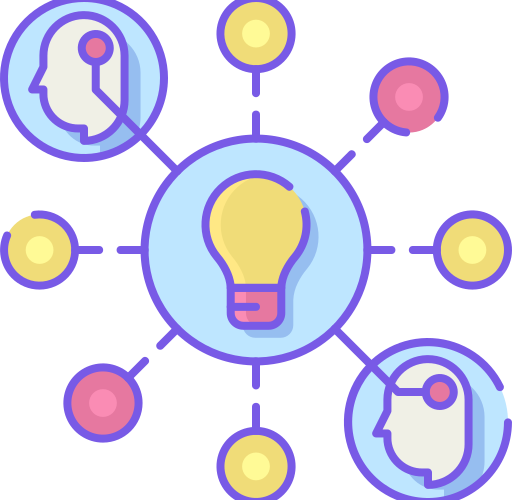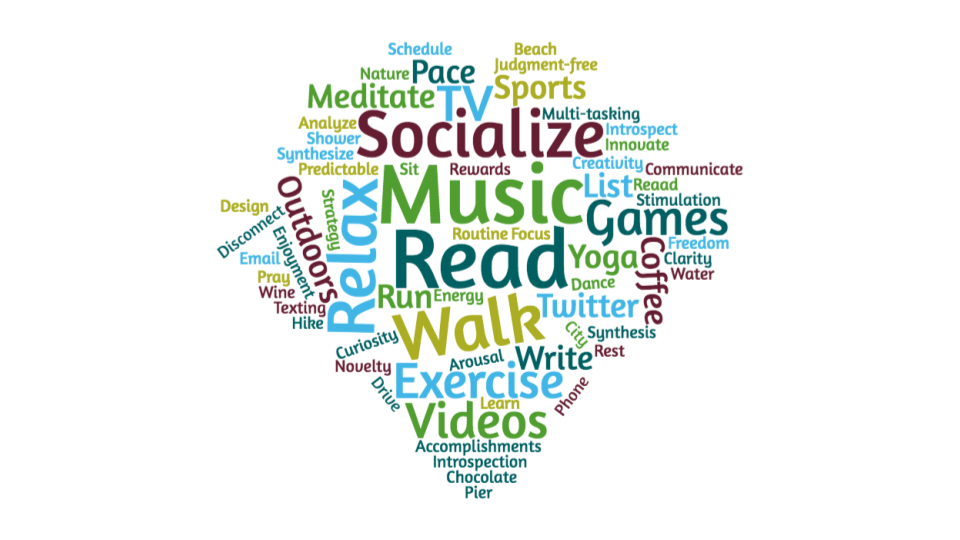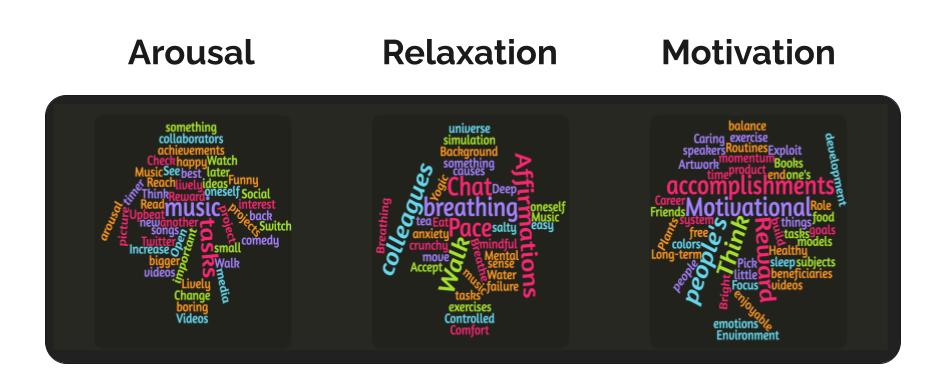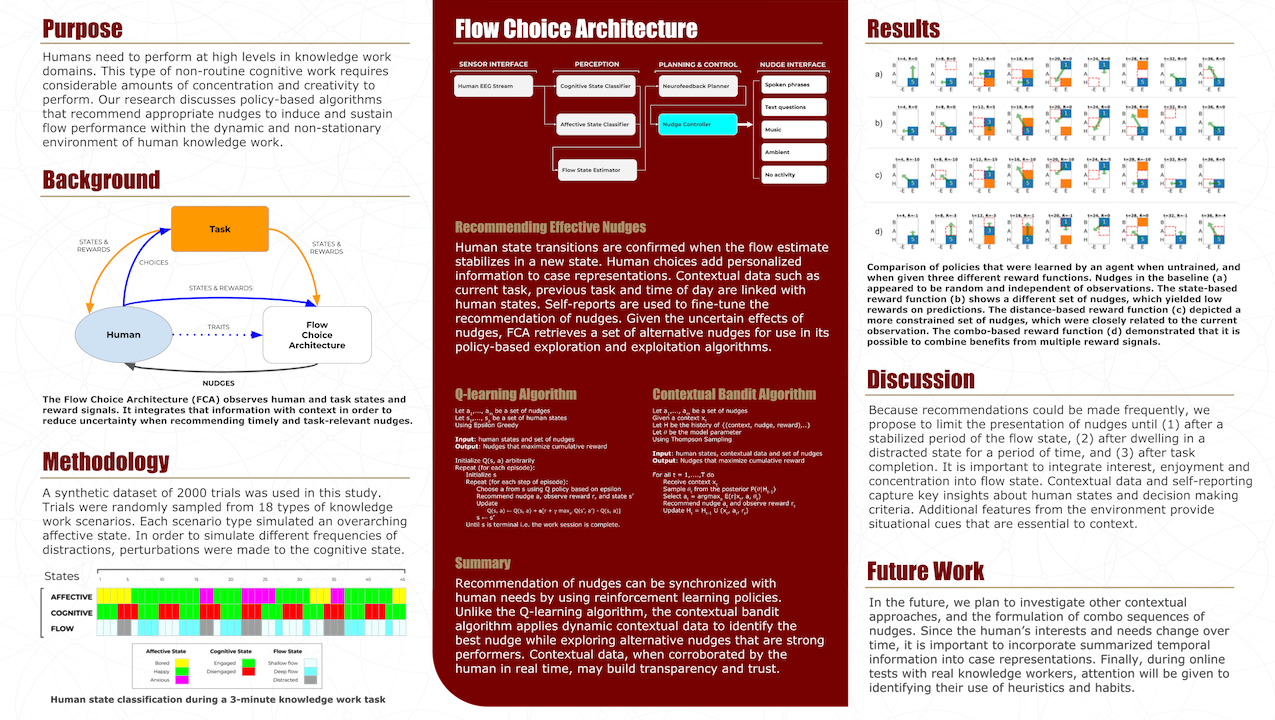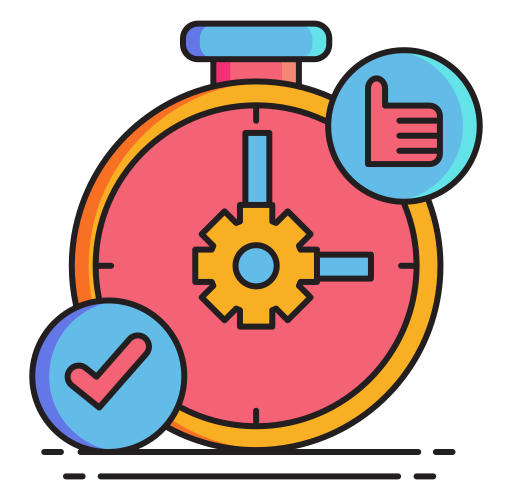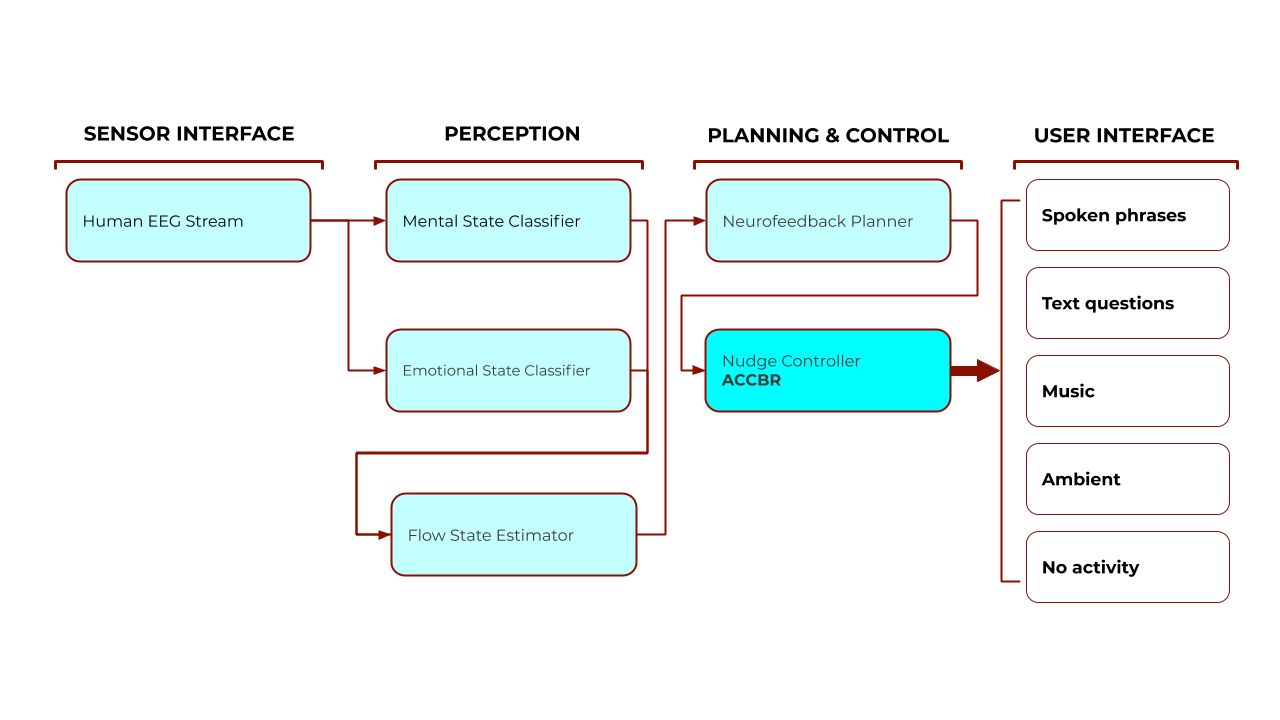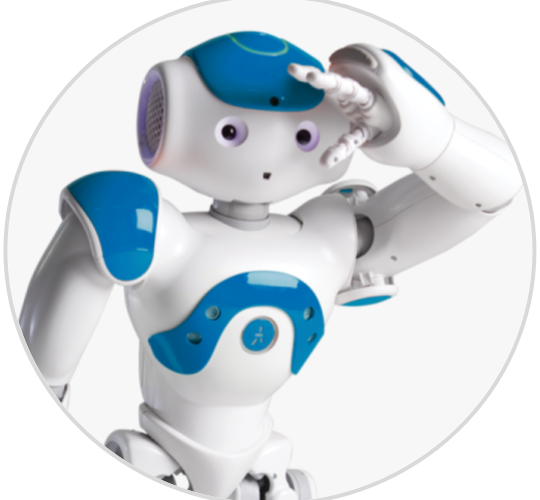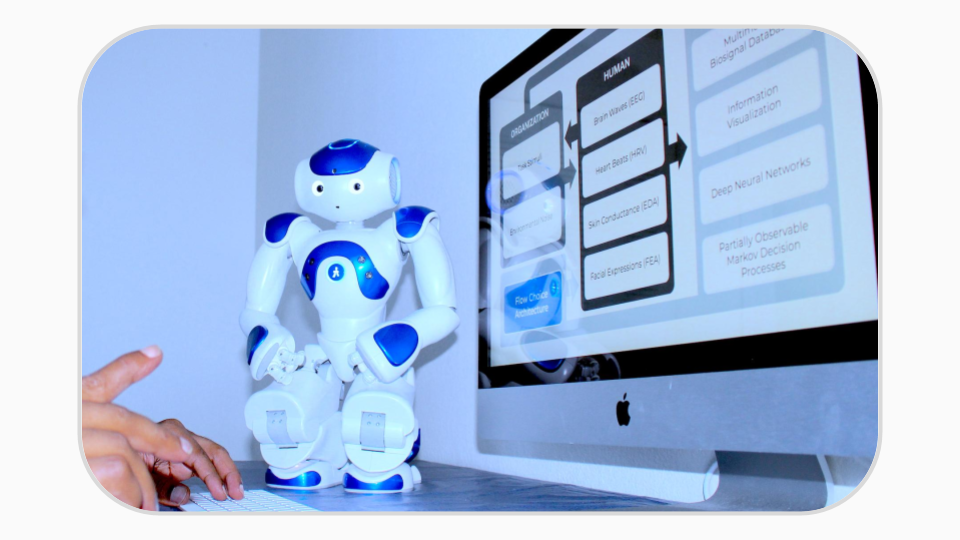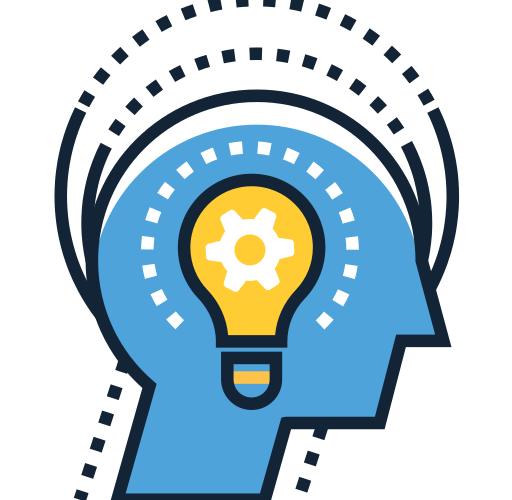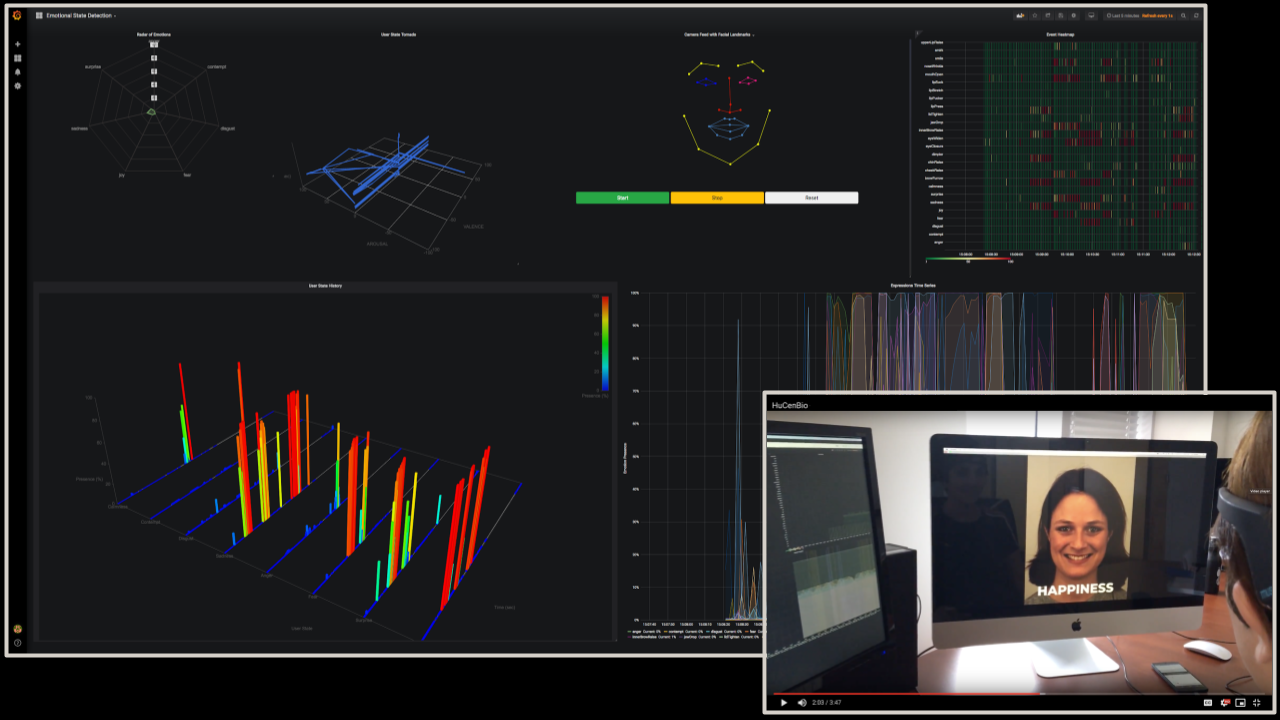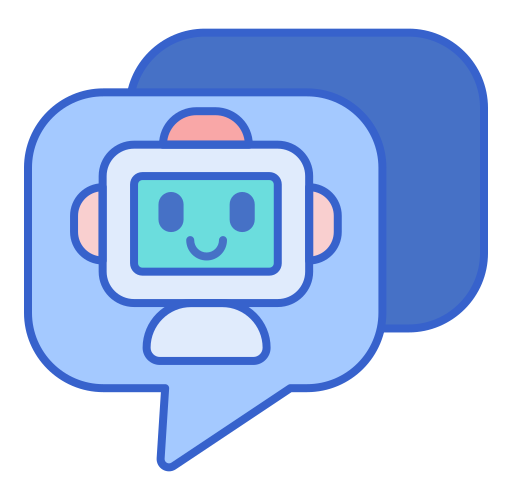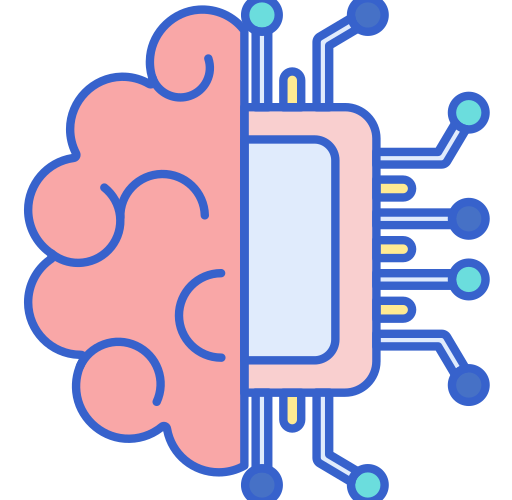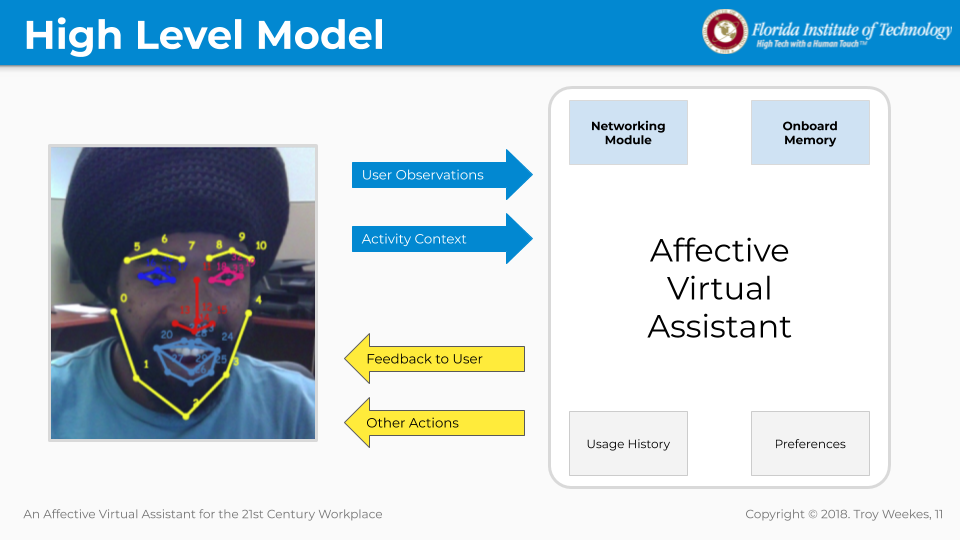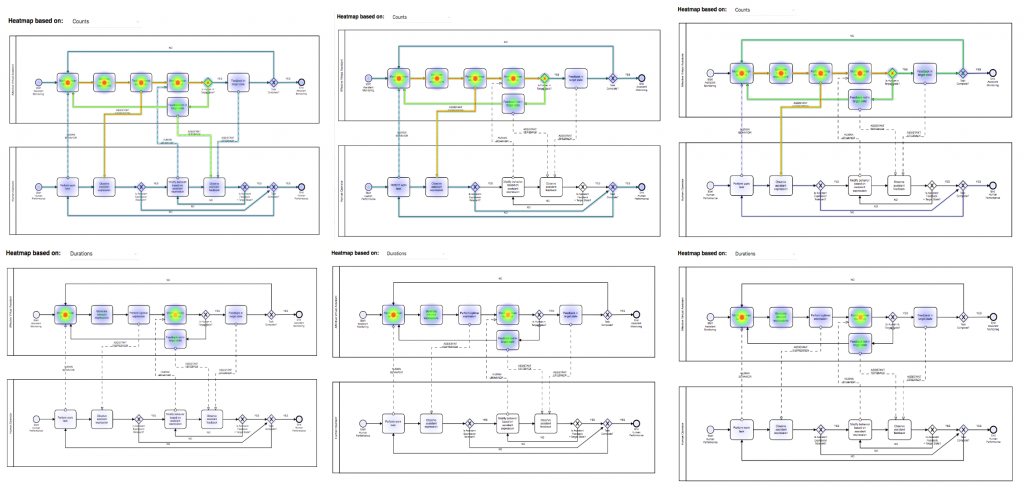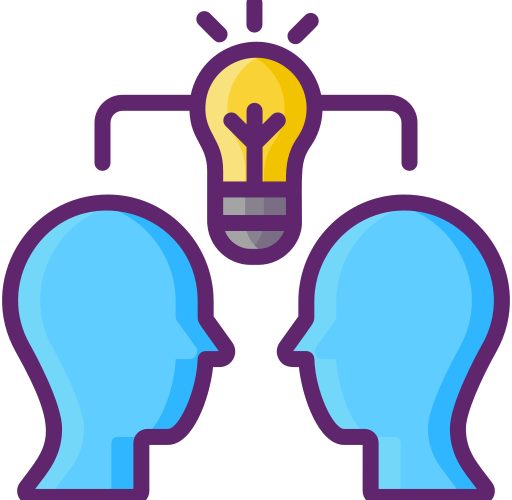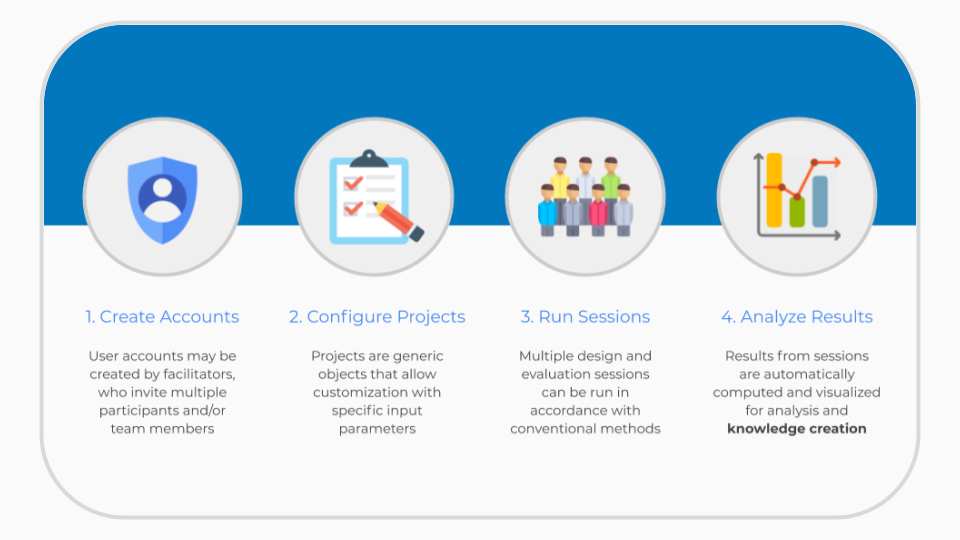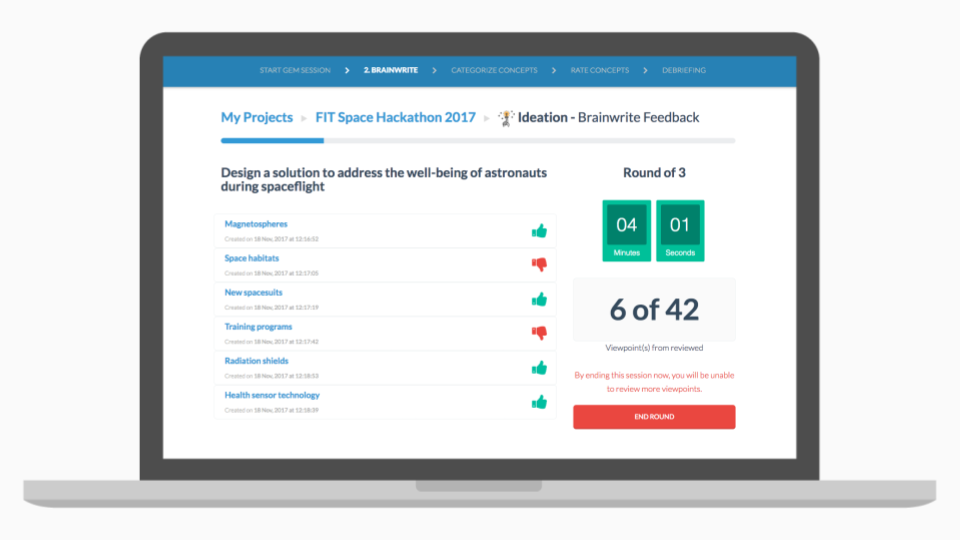The Flow Choice Architecture (FCA) is a biofeedback-based behavior modification tool that was designed for operation by human knowledge workers (KWs) before, during, and after the performance of work tasks.
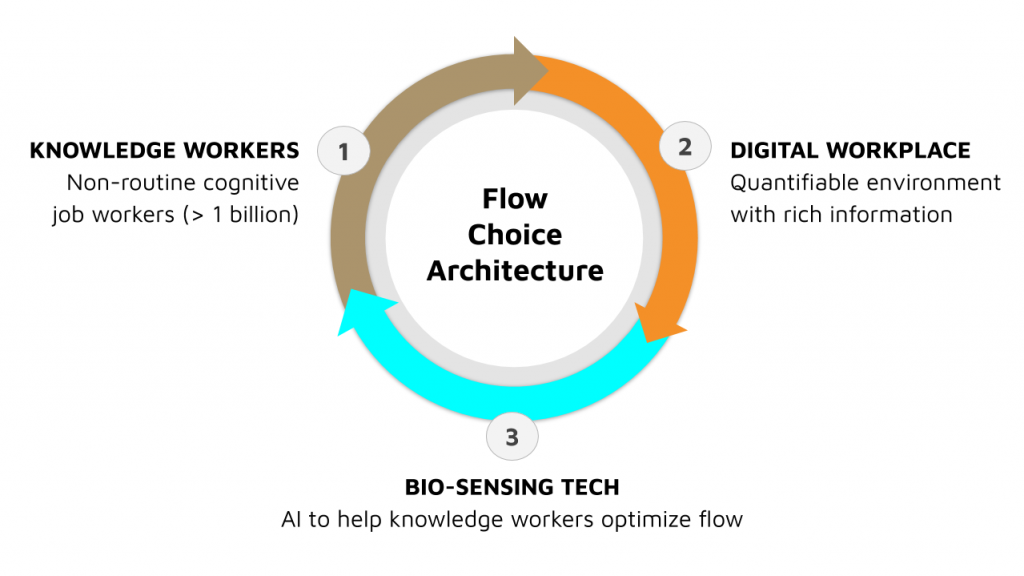
FCA utilizes human-aware artificial intelligence (AI) that senses patterns in its operator’s bio-signals to derive their cognitive and affective states. The states are contextualized using relevant information about the operator, task, and work timeline. The contextualized operator states are then used to recommend effective nudges that orient the human KW towards the flow state.
This dissertation outlines the state-of-the-art on flow, neurofeedback, and AI then explains how FCA was designed, developed, and tested using a hybrid research methodology that combined design thinking and agile development. There is an in-depth discussion of the results from interviews, questionnaires, cognitive walkthroughs, heuristics evaluations, agent-based simulations, randomized controlled trials (RCT), and a longitudinal playtest.
The RCT featured a visual search task with and without a target in the stimulus patterns. The task was first tested by artificial KW agents in an agent-based simulation then later by human KWs. In the human-in-the-loop experiment, there were statistically significant outcomes in the hypotheses that were tested. Task demand was found to affect certain operator states and performance when the target was present in and absent from the stimulus patterns. Operator performance decreased when the target was absent.
There was evidence to confirm that nudges caused the operator to transition to desired states, and in some instances, the transitioning of operator state improved operator performance. Results from the ecological playtest demonstrated that the operator accepted and rejected nudges even though accepting nudges more frequently. However, the study was inconclusive about whether or not the nudges improved operator performance in the wild. FCA was highly usable from the perspective of the operators.
The latest FCA prototype was developed as a neurotechnology AI and deployed as a personalized recommender system with a gamified and conversational interface. The ethical issues surrounding this type of technology were discussed with the vision of commercializing a safe and responsible AI that proactively limits abuse from employers.
The dissertation concluded with an outlook on future research to be conducted along with the following three major contributions: (1) a contribution to flow research through bio-sensing and bio-feedback cognitive augmentation; (2) a contribution to human-centered AI design in the form of an integrated design thinking and agile development methodology; and (3), a contribution to cognitive economics in the form of a novel choice architecture.
The impact of these contributions was discussed within the broader context of knowledge work as an enabling service that is driving socio-economic development now and into the future.
